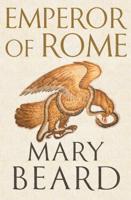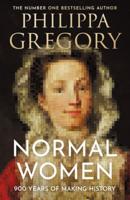Publisher's Synopsis
This historic book may have numerous typos and missing text. Purchasers can download a free scanned copy of the original book (without typos) from the publisher. Not indexed. Not illustrated. 1906. Excerpt: ... SECTION SIXTH Treating In Detail of the Five Senses, and of How they perceive. As to the seeing power, philosophers have differed on the question of How they perceive. Thus one set among them asserts that they perceive wholly and solely through a ray that shoots out beyond the eye, and so encounters the sensible objects that are seen. This is Plato's way. (1) Others assert that the perceiving power itself encounters the sensible objects that are seen, and so perceives them. Still others say that visual perception consists in this: --When the intervening transparent body becomes effectively transparent by light shining upon it, then an impression of the outspread (flattened) individual of such sensible objects as are seen is effected in the cristalline (2) lens of the eye, just such a pictorial impression as is effected in looking-glasses (mirrors); indeed the two effects are so similar that were mirrors possessed of a seeing power they would perceive the form imprinted in them. This is Aristotle's way; and it is the sound reliable opinion. That Plato's view is false, is quite clear. For, were it true that a ray goes out from the seat ot sight and encounters sensible objects, then sight would be in no need of light, but would on the contrary perceive in the dark, and would rather illuminate the air on its exit into the dark. Moreover such a ray will not fail of one of two modes: either it will subsist throughout the eye only, in which case Plato's opinion that it goes forth from the eye is wrong; or else it will subsist throughout a body other than the material of which the eye is composed; for it must inevitably have a vehicle to carry it, seeing that a ray is an accidental quality or mode, and furthermore seeing that that body which is other than the eye ..






